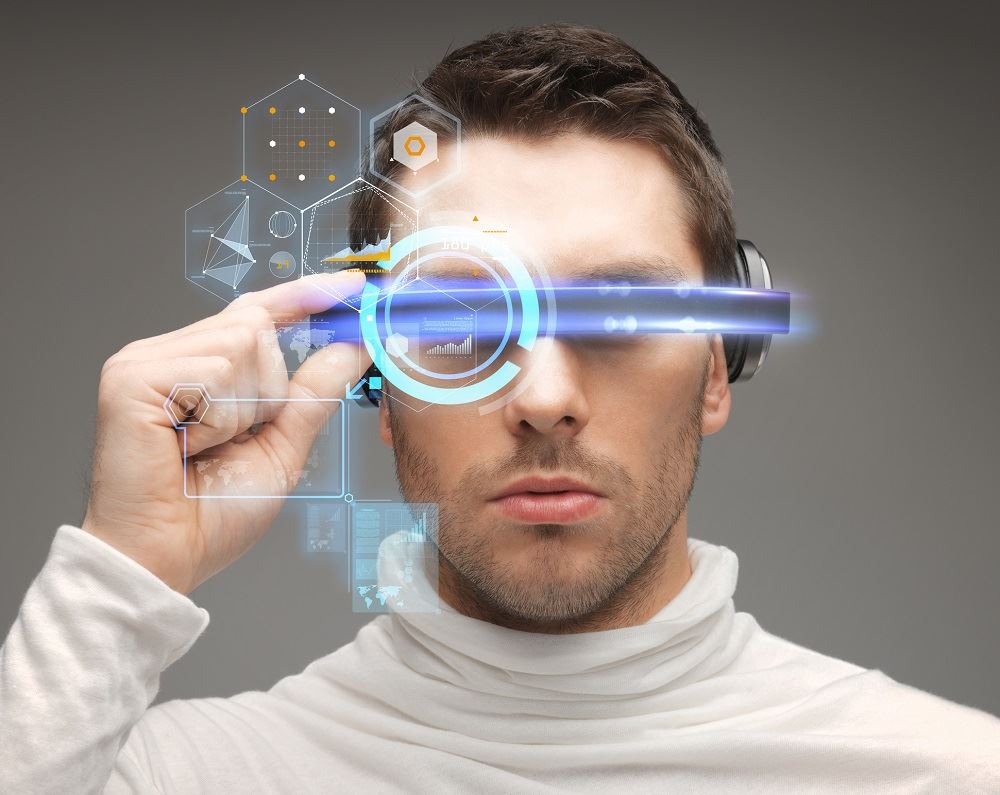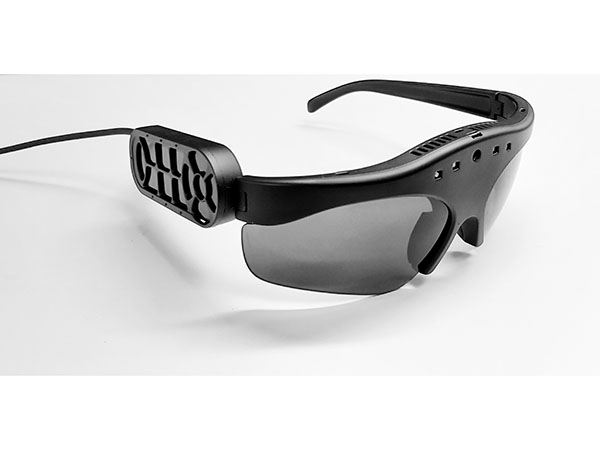Discover Advanced Assistive Instruments for Individuals With Visual Problems
The landscape of assistive technology for individuals with aesthetic disabilities is evolving swiftly, offering an array of cutting-edge tools that enhance autonomy and involvement (Braille displays and notetakers). From wise glasses that perfectly merge visual input with acoustic advice to advanced navigation applications that redefine spatial understanding, these devices are reshaping opportunities. Additionally, the latest advancements in Braille technology and voice-activated systems dramatically add to availability. However, the ramifications of these growths extend far beyond plain functionality; they challenge traditional assumptions of handicap and self-reliance. What might this mean for the future of inclusion and support?
Smart Glasses Innovations
Smart glasses stand for a considerable development in assistive technology for people with visual disabilities. Outfitted with cams and sensors, smart glasses can catch real-time aesthetic information, which is then processed and communicated to the customer via sound comments or haptic sensations.
Moreover, improvements in fabricated intelligence have additionally boosted the capabilities of wise glasses. Maker understanding algorithms can acknowledge faces, reviewed text, and identify things, making them indispensable devices for daily jobs. Individuals can get auditory cues that supply context regarding their environment, cultivating freedom and self-confidence.
Additionally, the ergonomic layout and light-weight nature of many clever glasses make them ideal for long term usage, ensuring comfort while enhancing functionality. As these devices remain to evolve, they hold the potential to transform the way individuals with visual impairments experience their day-to-days live, linking the void in between accessibility and technology. The ongoing r & d in this area guarantee to broaden the possibilities for smart glasses, making them an important component of modern-day assistive tools.
Navigation Apps and Tools
Countless navigating applications and tools have actually become crucial sources for individuals with aesthetic problems, considerably boosting their capacity to traverse strange settings. These modern technologies leverage GPS functionality, audio cues, and real-time information to offer users with exact navigation aid.
One famous example is the Aira application, which connects customers to qualified representatives who can give visual summaries of surroundings and navigating guidance with a live video clip feed. This solution enhances the customer's spatial awareness and self-confidence while browsing. One more remarkable tool is Seeing Eye GPS, which uses voice-guided navigating and sights, making it possible for individuals to accessibility vital details regarding their environments.

As innovation continues to development, the development of much more advanced navigating tools guarantees to additional equip individuals with visual disabilities, assisting in smooth wheelchair and assimilation right into diverse environments. Such developments contribute in promoting an extra comprehensive society.
Braille Innovation Developments
Recently, innovations in Braille innovation have actually significantly transformed exactly how individuals with aesthetic disabilities accessibility information and engage with the globe around them. The growth of portable Braille screens has actually revolutionized reading by permitting users to link wirelessly to smartphones, computers, and tablet computers. These gadgets transform message right into Braille in real-time, making it possible for smooth interaction with digital content.
Moreover, ingenious Braille contact lenses printers have arised, improving the manufacturing of responsive products. Modern embossers are quicker and a lot more effective, enabling for the fast development of Braille papers and instructional products. This effectiveness minimizes the moment and cost related to generating Braille resources, making them extra obtainable to companies and institutions.
Furthermore, the combination of Braille with other innovations, such as synthetic intelligence and machine learning, has actually opened up brand-new methods for individualized discovering experiences. Voice recognition and synthesis technologies can enhance Braille, giving a comprehensive method to information circulation.
As the need for inclusive education and learning and work environment atmospheres expands, these technical developments play an important role in encouraging individuals with visual problems, ensuring they have equivalent access to information and chances in various facets of life.
Wearable Instruments for Independence
An expanding array of wearable tools is improving freedom for individuals with aesthetic impairments, offering innovative solutions that boost navigation and day-to-day living. Braille site web displays and notetakers. These devices make use of advanced modern technologies to offer real-time responses and support, advertising freedom in different settings

Wearable innovation additionally consists of smartwatches that can be set with access attributes, enabling users to get notices, track their locations, or perhaps ask for help with the touch of a button. Some devices integrate synthetic intelligence to analyze the environment, offering sound summaries of close-by objects or individuals.
Voice-Activated Assistive Solutions
Leveraging voice-activated assistive remedies has actually transformed the landscape of support for people with aesthetic disabilities, providing hands-free interaction and accessibility to a range of tasks. These technologies make use of all-natural advice language processing and artificial knowledge to allow individuals to perform day-to-day activities through straightforward voice commands.

Additionally, current developments in voice acknowledgment precision have enhanced the customer experience considerably, fitting varied accents and speech patterns. This inclusivity guarantees that even more people can gain from these technologies, promoting a higher sense of autonomy.
Final Thought
To conclude, the development of advanced assistive gadgets dramatically enhances the independence and lifestyle for people with aesthetic problems. Innovations such as smart glasses, navigation apps, Braille innovation, wearable tools, and voice-activated remedies jointly foster a more inclusive atmosphere. These modern technologies empower users to navigate their surroundings with self-confidence and engage more fully with the world, ultimately advertising higher access and equal possibilities for people facing aesthetic difficulties.
The landscape of assistive modern technology for people with aesthetic problems is advancing swiftly, offering an array of cutting-edge tools that improve autonomy and interaction.Smart glasses represent a significant development in assistive technology for individuals with aesthetic problems. As these gadgets continue to evolve, they hold the potential to change the means individuals with visual impairments experience their day-to-day lives, connecting the space between accessibility and modern technology.In current years, developments in Braille technology have actually dramatically transformed how people with visual impairments access info and engage with the globe around them. These innovations empower customers to browse their surroundings with self-confidence and engage even more fully with the globe, ultimately advertising better availability and equal possibilities for individuals facing aesthetic difficulties.